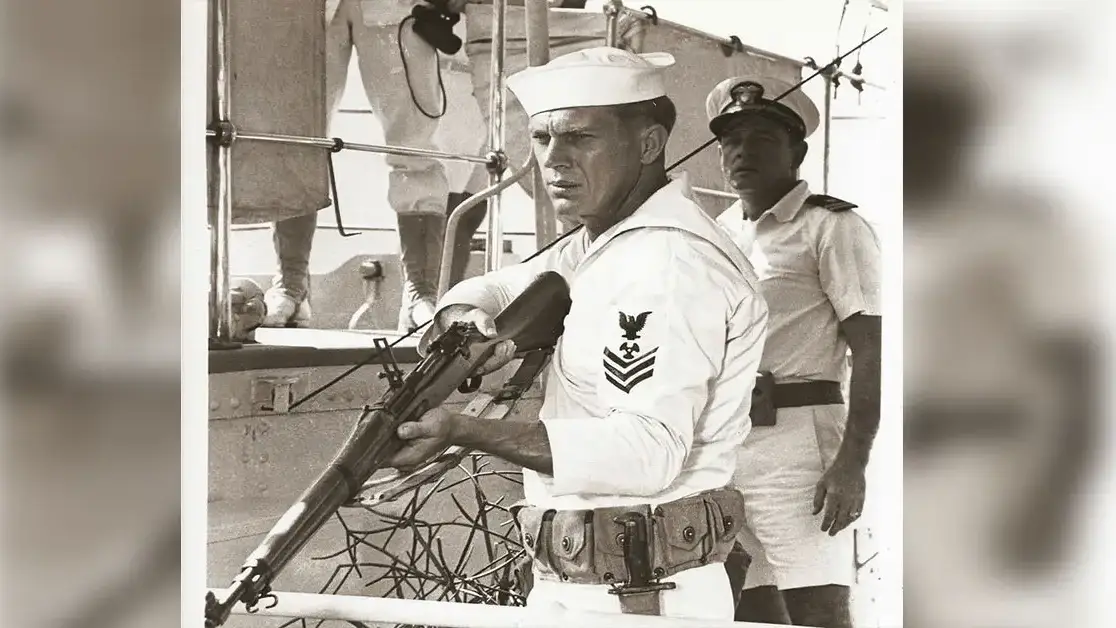This is the history behind the Navy’s ‘Dixie Cup’

SUMMARY
The Navy's famous "dixie cup" is one of the most iconic symbols worn in the military today. You can spot a sailor from a mile away who's wearing the traditional white cover.
Historically speaking, the familiar headgear wasn't the first worn by the brave men and women who man their battle stations.
According to the Blue Jacket manual, so-called "flat hats" were first authorized in 1852 and became the standard cover for sailors throughout the American Civil War.
The flat hats were made from dark blue wool and commonly featured an embroidered headband of the ship name the sailor belonged to on the front of the brim. Reportedly, that feature ended in January 1941 to make it harder for adversaries to learn the what U.S. ships were in port. The ship's names were replaced with a U.S. Navy embroidery instead.
In 1866, a white sennet straw hat was authorized to be worn during the summer months to help shield the hardworking sailors from the bright sunlight.
But it wasn't until 1886 where a high-domed, low rolled brim made of wedge-shaped pieces of canvas was written into uniform regulation.
Eventually, the canvas material was replaced by a cheaper, more comfortable cotton. This option became popular with the sailors who wore them as they could bend the cover to reflect their individual personality — and still be within regs.
It's unclear exactly when the term "dixie cup" was coined, but since the popular paper product made its public debut in the early 1900s, it's likely that's when the term was coined.
SHARE
